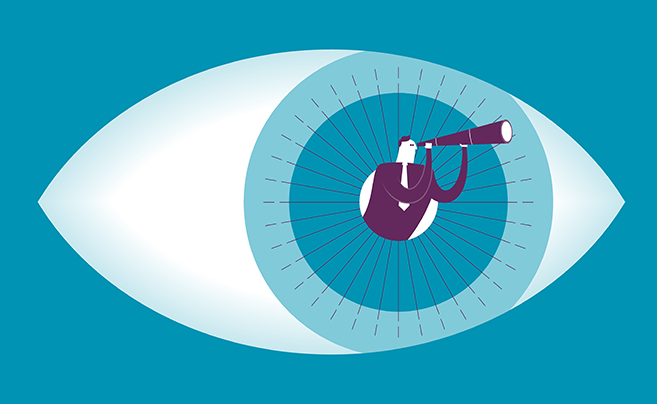More than one million Australians have diabetes, making them vulnerable to vision loss if they don’t look after their condition appropriately. The risk of vision loss can be reduced by taking action, armed with the correct knowledge, and that’s where Macular Disease Foundation Australia comes in. The national charity is committed to reducing the incidence and impact of all types of macular disease, including diabetic retinopathy, through education and awareness programs, research, representation, and support services.
Julie Heraghty has been the CEO of Macular Disease Foundation Australia for more than a decade, spreading the word about macular disease. She has always been passionate about the outcomes which make a real difference, especially in the fields of education and health, and this is what initially attracted her to the role.
“Before joining the foundation, I had worked in education and psychology, volunteered for not-for-profit organisations, engaged with my community as deputy mayor of Manly, and then worked as a senior policy advisor in the government,” she says. “I saw an advert for the position of CEO and I thought it sounded like a great new challenge. That was 11 years ago and, to be honest, like most Australians at the time, I had no idea about macular disease and the impact it had on the lives of so many Australians.”
An astonishing 8.5 million people in Australia are at risk of some form of macular disease, due to an ageing population as well as a range of other risk factors. The foundation was originally formed with the sole focus of macular degeneration—the leading cause of blindness for people over the age of 50—but has since expanded to include all diseases involving the macula. This includes diabetic eye disease, central vein occlusion, retinitis pigmentosa, and others.
The work of Macular Disease Foundation Australia is to educate the public on prevention strategies and the importance of early detection and treatment, as well as to advocate for the best interests of the macular disease community. According to Julie, this is absolutely vital: “Our strategic goal is to build healthy communities.”
The full article can be downloaded below…







